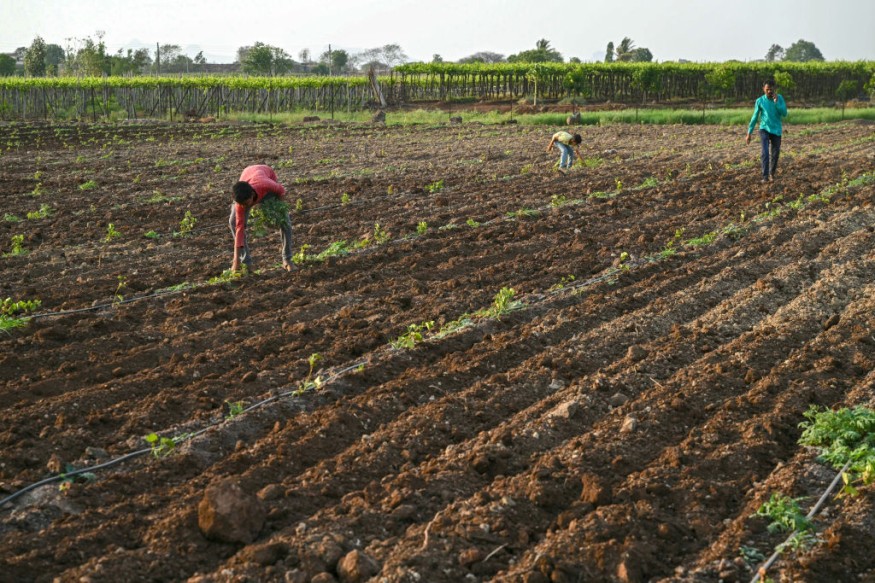A report raised concerns about the impacts of climate change in India, which has caused erratic monsoons that significantly affect over 120 million farmers.
In a recent Nature World News interview with experts about the impacts of extreme weather events, climate change can unleash frequent storms, droughts, wildfires, and heat waves.
These extreme weather events can have widespread implications for poorer communities or countries, noting the importance of effective weather prediction.
With increasing greenhouse gas emissions, climate change can likely worsen and have widespread effects, particularly on agriculture and farmers.
Erratic Monsoon in India and Climate Change

The latest report raised concerns about the climate change-driven erratic monsoon in India, which affects millions of farmers and highlights the challenges of unpredictable weather conditions.
India is no stranger to changing weather conditions. The country has been vulnerable to prolonged drought, heat waves, flooding, heavy rains, and heat waves. In a recent NWN report, the country utilized cloud-seedling technology to help bring rain due to hotter temperatures and prolonged drought.
Farming is one of the significant livelihoods in India. The report noted that over 120 million farmers are affected by erratic monsoons driven by climate change.
According to the report, monsoons are crucial to the country's weather and boost its agriculture, economy, and livelihood.
Another concern is the changing monsoon patterns. When rainfall becomes erratic, communities can likely experience excessive or lackluster rain. These conditions could make it challenging to prepare for challenging situations like drought.
Intense flooding and dry spells can likely occur more due to warmer air holding moisture from the Indian Ocean. This can become challenging for farmers' livelihoods, resulting in livestock deaths and crop failures.
When rains become more frequent, they can significantly flood and damage crops. In addition, these frequent weather conditions can be very difficult for farmers to anticipate, resulting in declining harvest and soaring prices.
The report explains that the Indian Meteorological Department revised the monsoon prediction this year because of erratic monsoons, noting less rainfall forecast.
In Kerala, farmers have altered their harvesting and sowing to better prepare for changing weather or erratic conditions.
Addressing the Problem of Erratic Monsoon Conditions
As a result, there is a need to adapt to the unpredictability of monsoon seasons in India, noting the importance of presenting new strategies in addressing the impacts of climate change and changing monsoon patterns.
Another aspect is policy changes. This would help develop new ways to be more climate-resilient and cope with changing climate conditions. Additionally, localized forecasting is essential to provide the latest information to farmers and improve their crops.
Farming adaptation and new policies can offer new insights into improved weather predictions in India, especially since the region is vulnerable to climate change effects.
Related Article : India's Longest-Ever Heat Wave Due to Climate Change Endangers Millions of Residents
For more similar, don't forget to follow Nature World News.
© 2025 NatureWorldNews.com All rights reserved. Do not reproduce without permission.





